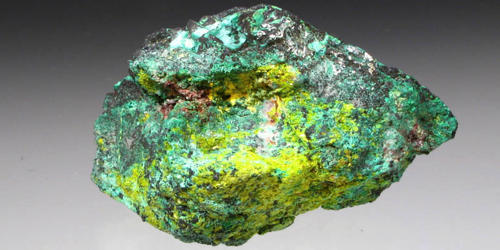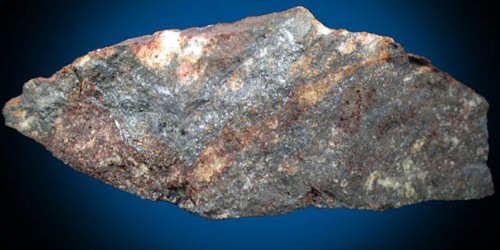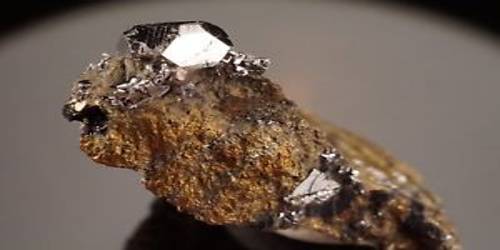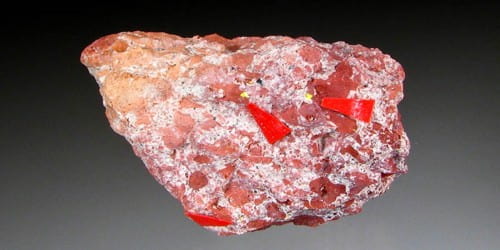Marthozite is an orthorhombic mineral that has a general formula of Cu(UO2)3(SeO3)3(OH)2·7H2O. It is an orthorhombic-pyramidal mineral containing copper, hydrogen, oxygen, selenium, and uranium. It was named in honor of Aime Marthoz, a former Director of the Union Miniere de Haut-Katanga in what is now the Democratic Republic of the Congo.
Marthozite is a rare mineral that is found as an “alteration product of selenian digenite in the oxidation zone of a uranium-bearing Co-Cu deposit at its type locality from the Musonoi Co-Cu mine in the Democratic Republic of the Congo.
General Information
- Category: Oxide mineral (uranyl selenite)
- Formula: (repeating unit) Cu(UO2)3(SeO3)3(OH)2·7H2O
- Crystal system: Orthorhombic
- Crystal class: Pyramidal (mm2) (same H-M symbol)
- Color: Greenish brown.
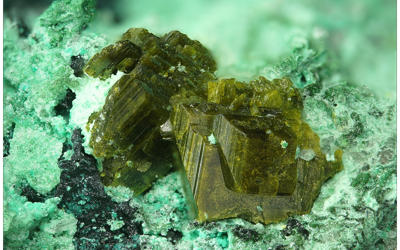
Properties
Marthozite is orthorhombic, meaning that it has three axes of unequal lengths all orthogonal to each other. Since it is orthorhombic, marthozite is biaxial, meaning that it has three different indices of refraction. Marthozite is anisotropic, which means that it breaks the light into one fast ray and one slow ray. Marthozite shows pleochroism from yellowish-brown to greenish-yellow.
- Formula mass: 1,303.67 g/mol
- Crystal habit: Bladed
- Cleavage: {100} perfect, {010} indistinct
- Mohs scale hardness: 6
- Specific gravity: 4.44
- Optical properties: Biaxial (-)
- Refractive index: 1.780 -1.800
Occurrences
It is a rare alteration product of selenian digenite in the oxidation zone of a uranium-bearing Cu-Co hydrothermal ore deposit.
It is usually found in cavities in selenian (selenium-containing) digenite. It is specifically found in the zones of oxidation of the Musonoi deposit in Katanga, Africa.
Association: Digenite, demesmaekerite, denningite, guilleminite.
Information Source:
